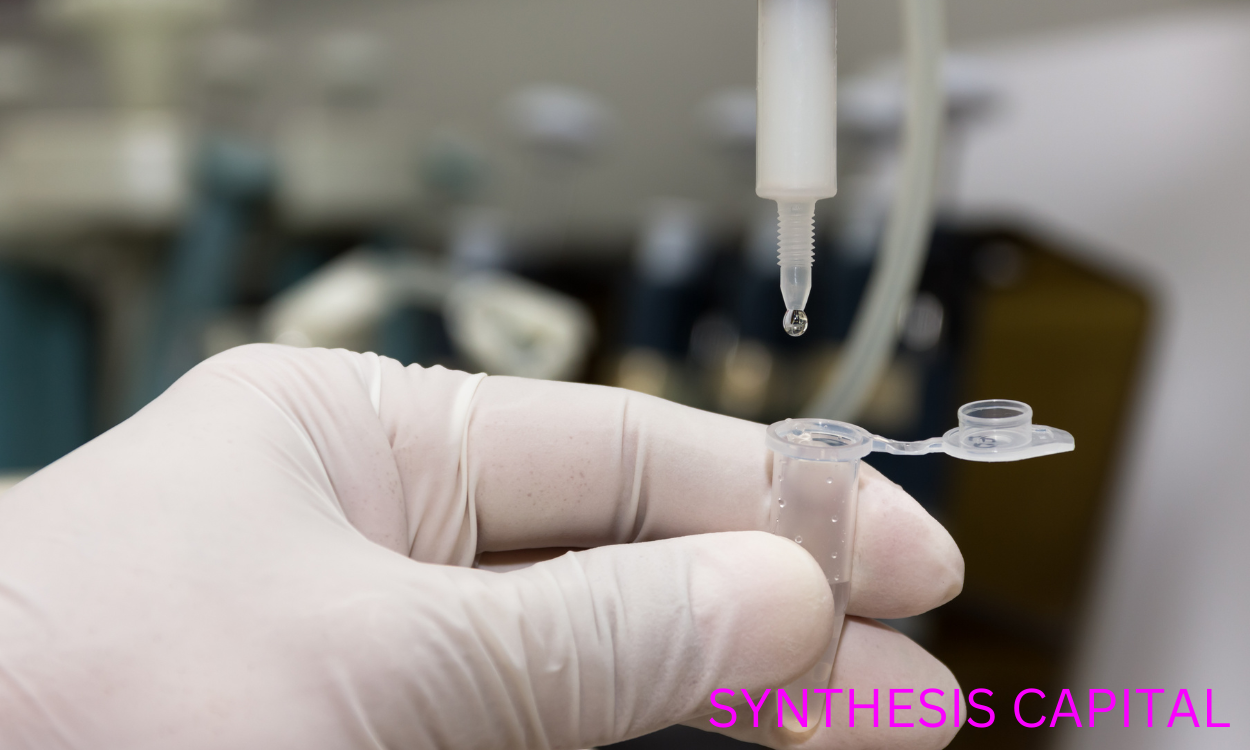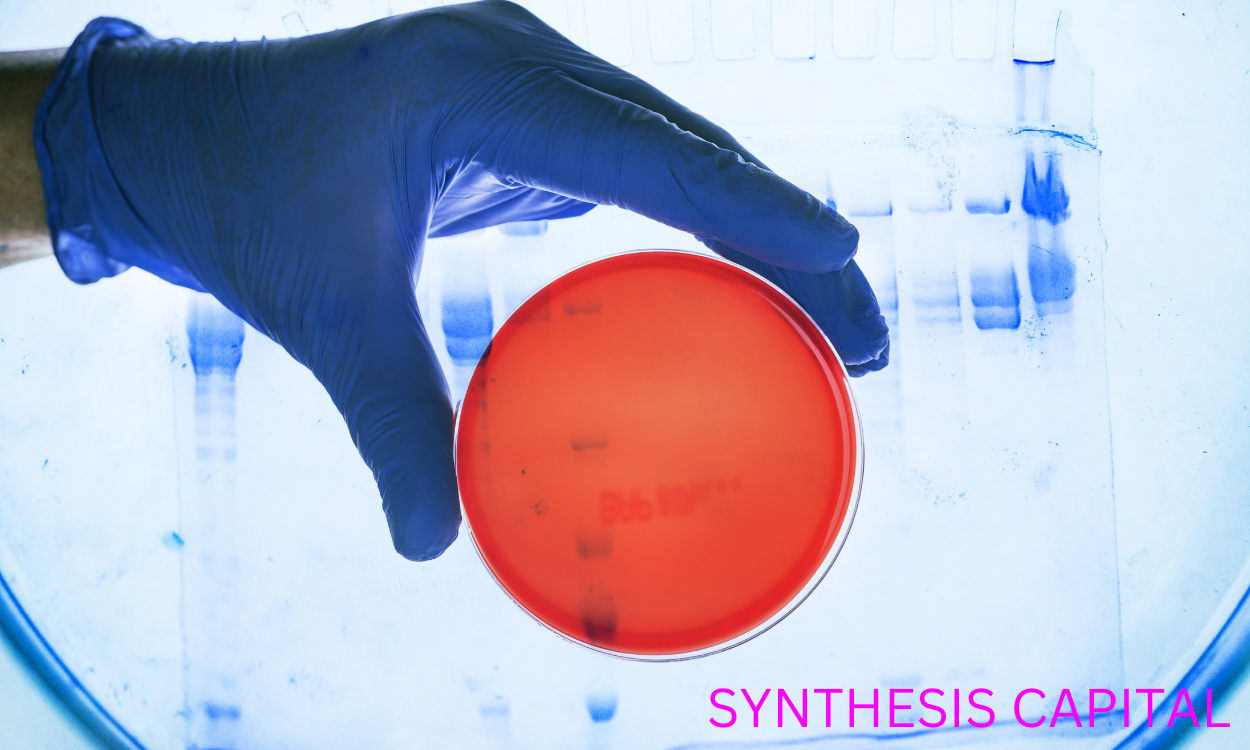Mitochondria isolation is a crucial step in studying the function and properties of these organelles. By isolating mitochondria from cells, researchers are able to analyze their structure, bioenergetics, and biochemical activities in a controlled environment. Various methods have been developed for the isolation of mitochondria, each designed to preserve the integrity and functionality of these vital cellular components. In this protocol, we outline a detailed procedure for isolating mitochondria from mammalian cells, providing step-by-step instructions for obtaining pure and intact mitochondrial fractions for further study.
Techniques for Isolating Mitochondria from Cells
Mitochondria are isolated from cells using a series of techniques including differential centrifugation, homogenization, and density gradient centrifugation. The process typically begins with breaking open the cells through a mechanical method such as homogenization to release the cellular contents. The resulting homogenate is then subjected to several rounds of differential centrifugation to separate out the mitochondria based on their size and density. Finally, the isolated mitochondria can be further purified by layering the sample onto a density gradient and centrifuging to separate the organelles based on their buoyant density. These techniques allow for the efficient isolation of pure mitochondrial fractions for further study and analysis.

How long does the process of isolating mitochondria typically take?
The process of isolating mitochondria typically takes approximately 2-3 hours from start to finish. This involves a series of steps including tissue homogenization, differential centrifugation, and purification techniques to separate the mitochondria from other cellular components. The exact duration can vary depending on the starting material, the specific isolation protocol being used, and the experience of the researcher performing the procedure. However, with proper planning and execution, isolating mitochondria can be completed efficiently within a few hours.
Are there any specific reagents or chemicals required for successful isolation of mitochondria?
Isolation of mitochondria typically requires the use of specific reagents and chemicals to successfully extract these organelles from cells. Commonly used reagents include buffers containing salts such as sucrose and potassium chloride, detergents like digitonin or Triton X-100 to disrupt cell membranes, protease inhibitors to prevent protein degradation, and chelating agents such as EDTA to bind divalent cations. Additionally, enzymes like trypsin or collagenase may be used to break down extracellular matrix proteins or connective tissues. These reagents and chemicals are crucial for maintaining the integrity and functionality of isolated mitochondria for downstream biochemical assays and studies on mitochondrial function and biology.
What is the optimal temperature and pH for isolating mitochondria?
The optimal temperature for isolating mitochondria is typically around 4 degrees Celsius, as this helps to slow down enzymatic reactions and preserve the integrity of the organelle. The ideal pH for isolating mitochondria is usually between 7.2 and 7.4, as this range maintains the stability and function of the mitochondrial membrane and enzymes involved in the isolation process. These specific conditions help to ensure that mitochondria are successfully extracted and remain functional for downstream experiments or analyses.
How do researchers ensure that the isolated mitochondria remain intact and functional?
Researchers ensure that isolated mitochondria remain intact and functional by using specialized techniques such as gentle homogenization and centrifugation to isolate the mitochondria from the rest of the cell. They also carefully control the temperature, pH, and osmolarity of the solution in which the mitochondria are suspended to maintain their integrity. Additionally, researchers may add specific substrates and cofactors to the solution to support mitochondrial function and prevent damage during the isolation process. Finally, they often perform assays to assess the purity and functionality of the isolated mitochondria, ensuring that they are suitable for further experimentation.

Are there any common challenges or pitfalls associated with mitochondria isolation protocols?
Some common challenges or pitfalls associated with mitochondria isolation protocols include contamination from other cellular components, such as nuclei or cytoplasmic proteins, which can impact the purity and integrity of the isolated mitochondria. Additionally, mitochondrial membranes are fragile and sensitive to changes in pH, temperature, and osmolarity, making it crucial to carefully optimize isolation conditions to maintain mitochondrial function and structure. Furthermore, variability in mitochondrial yield and quality between different cell types or tissues can pose challenges when comparing experimental results or conducting downstream analyses. Overall, attention to detail, strict adherence to protocol steps, and thorough validation of isolated mitochondria are essential to overcome these challenges and ensure reliable results in mitochondrial research.
Methods for Verifying the Purity of Isolated Mitochondria
Researchers verify the purity of isolated mitochondria through a combination of techniques such as differential centrifugation, sucrose gradient centrifugation, and immunoblotting. First, the isolated mitochondria are subjected to multiple rounds of differential centrifugation to separate them from other organelles based on their size and density. Sucrose gradient centrifugation is then used to further purify the mitochondria by separating them based on their buoyant density. Finally, researchers use immunoblotting techniques to detect specific mitochondrial markers, such as cytochrome c or ATP synthase, to confirm the presence of mitochondria and assess their purity levels. By combining these approaches, researchers can ensure that the isolated mitochondria are free from contamination and suitable for downstream experiments.
What downstream applications can the isolated mitochondria mitochondria isolation protocol be used for in research studies?
Isolated mitochondria can be used in a variety of downstream applications in research studies, including studying mitochondrial function and bioenergetics, investigating mitochondrial dynamics and morphology, analyzing mitochondrial protein import and turnover, examining mitochondrial DNA replication and repair processes, assessing oxidative stress and mitochondria isolation protocol apoptosis pathways, and exploring the role of mitochondria in various diseases such as cancer, neurodegenerative disorders, and metabolic disorders. Additionally, isolated mitochondria can be used to screen potential therapeutic compounds targeting mitochondrial dysfunction and to develop new strategies for improving mitochondrial health and function.